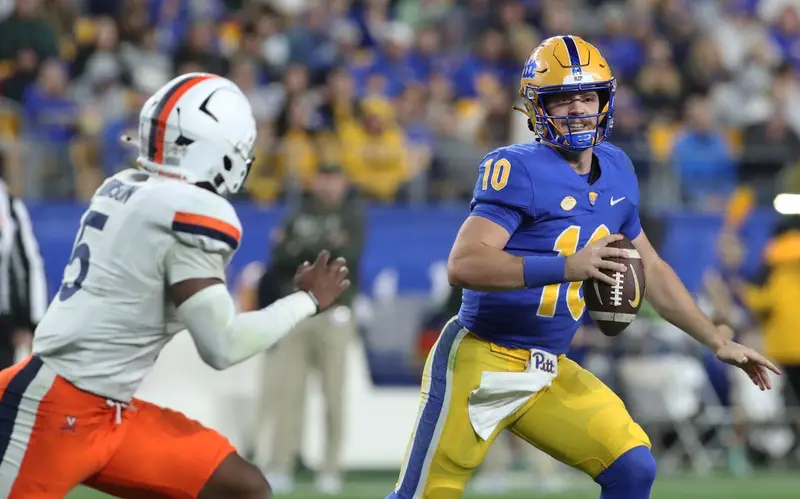Fi I ,rst, I lookenosaes s'd at Clemson's season. I mean, you ?despalgotta start there, right? I went game by game, checking out their wins and losses. What were the scores like? Were they blowing teams out, or were they squeaking by? Were there any games where they just totally collapsed?

I scribbled down notes on each game – who they played, the final score, and any big plays or turning points I could remember or find info on. It was kinda messy, just chicken scratch on a notepad, but it helped me get a feel for their overall performance.
Digging into the Opponent
Next, I did the same thing for their opponent. You can't just look at one team in isolation, right? You gotta see how they stack up against each other. So, I went through their opponent's season, game by game, the same way I did for Clemson. Wins, losses, scores, big moments – all of it went down on my notepad.
Head-to-Head Matchups (If Any)
- Then, I checked if the two teams had played each other earlier in the season. If they did, that game was gold! I paid extra attention to that one, trying to see how the teams matched up, what strategies they used, and who came out on top.
- If I have any, go through it and analyze it deeply.
Looking for Patterns
Once I had all this info down, I started looking for patterns. Did Clemson struggle against teams with strong running games? Did their opponent have a killer passing attack? Were there any common threads in their wins and losses? This part was like being a detective, trying to piece together clues.
Making My Prediction
Finally, after all this digging, I made my prediction. It wasn't just a random guess; I felt like I had a pretty good handle on both teams and how they might perform. Now i am going to do is waiting for the game's result to see how my prediction match the real game!

